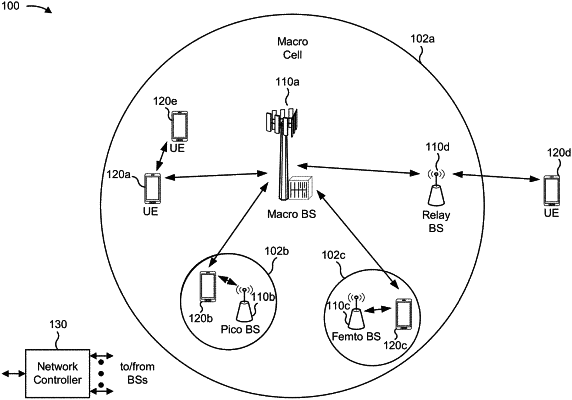| CPC H04W 72/1273 (2013.01) [H04L 1/0068 (2013.01); H04L 5/0051 (2013.01); H04W 16/28 (2013.01); H04W 72/0446 (2013.01); H04W 72/0453 (2013.01); H04W 72/1257 (2013.01)] | 30 Claims |

|
1. A method of wireless communication performed by a user equipment (UE), comprising:
receiving scheduling information that schedules a shared channel that is associated with a first beamforming configuration;
determining that a gap between the shared channel and a control resource set resource associated with a second beamforming configuration fails to satisfy a threshold, wherein the UE is configured to monitor the control resource set resource associated with the second beamforming configuration; and
modifying, based at least on the determination that the gap fails to satisfy the threshold, at least one of:
the gap to satisfy the threshold; or
or the second beamforming configuration to match the first beamforming configuration.
|